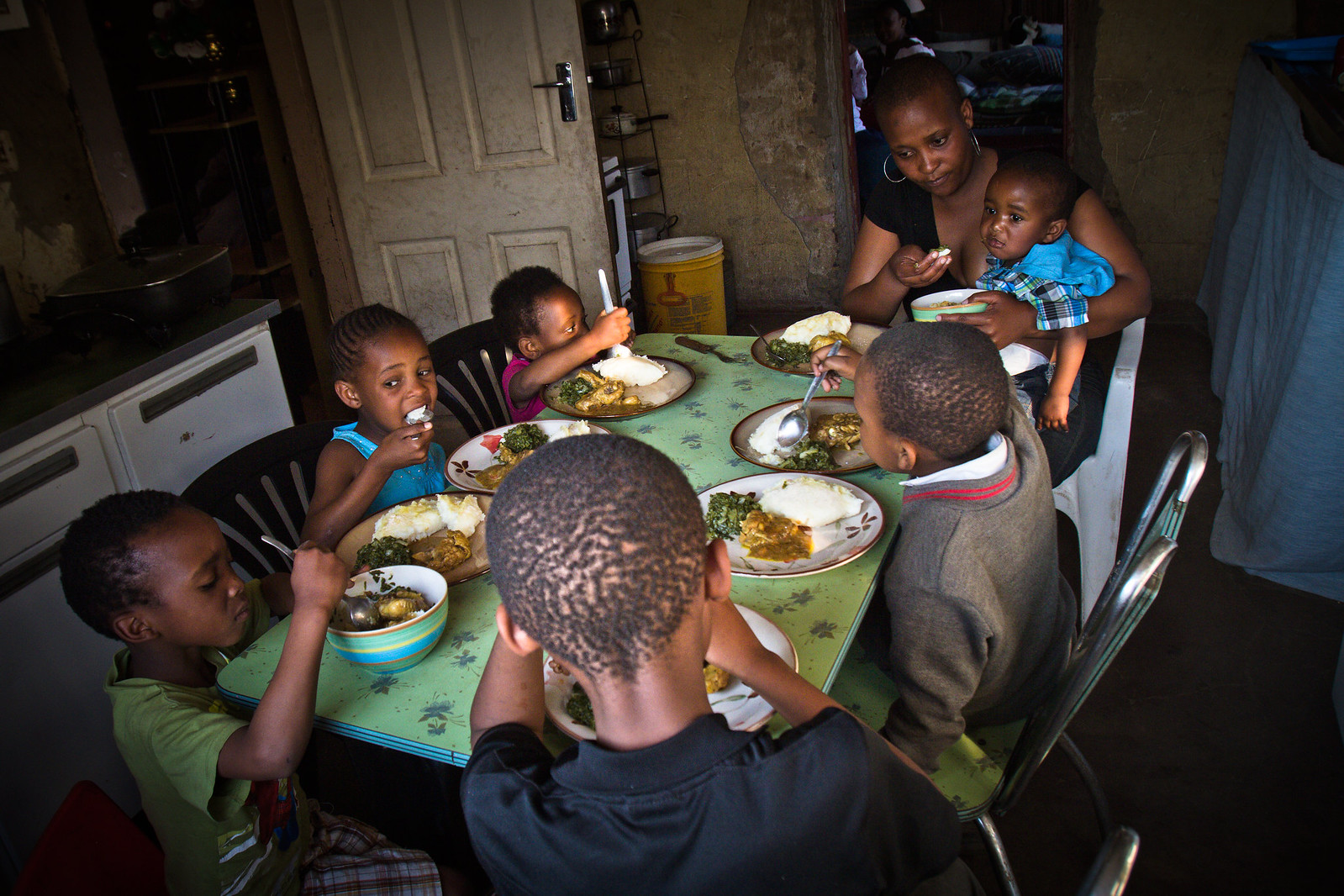
Infant and young child feeding
Child nutritional status is influenced by many factors that range from broad, societal influences, like cultural norms, to household-based elements, such as caregiver feeding knowledge and beliefs. The term determinant is often used to describe factors that determine, influence or affect a child’s nutritional status, which is included in the UNICEF Conceptual Framework on the Determinants of Maternal and Child Nutrition. The framework explores factors that affect child nutrition across four levels:
Enabling determinants include community and societal factors that enable women and children to achieve optimal nutritional intakes. Policies, governance and resources; including environmental, socio-political, financial and intercommunal factors that influence the availability, accessibility and affordability of food for community members. Norms, including gender, cultural and social patterns, can also greatly influence children’s nutrition, including how, what and when they are fed.
Underlying determinants include food, practices and services that enable households and communities to implement recommended IYCF practices. Factors include the availability and accessibility of safe, age-appropriate foods and clean drinking water; healthy environments that promote food safety and hygiene behaviours; and food, health, education and other services that support healthy living and good diets for children.
Immediate determinants include diets and care, both of which are needed for adequate nutrition. Optimal diets that include adequate diversity and meal frequency, as well as services to support good nutrition, are vital.
Outcomes for children with adequate early-life nutritional status include improved health and survival, as well as normal physical growth and development, neurological development, and school readiness and performance. Later in life, well-nourished children grow up to enjoy improved long-term health, productivity and wages. The social fabric and prosperity of communities are also strengthened.

The SADC region is challenged by the triple burden of malnutrition, including undernutrition (wasting and stunting), overnutrition (overweight and obesity), and micronutrient malnutrition. An estimated 44.8 million people across the region experience food insecurity, and children’s diets and growth are suffering.
- Recent estimates suggest that more than 18.7 million children under five are affected by stunting with a prevalence classified as “very high” at over 30% in nine of the 16 countries.
- In 2020, wasting (acute malnutrition) was expected to impact an estimated 8.4 million children under five in the region, with 2.3 million children requiring treatment for severe acute malnutrition.
- Overweight and obesity in children under five are increasing in parts of the region with the highest prevalence in Botswana (11.2%), Comoros (10.6%), Seychelles (10.2%) and South Africa (13.3%).
Many factors, including heavy reliance on cereal-based dietary patterns; limited food availability, accessibility and affordability across the region; poor food quality; limited time to source and prepare foods; inadequate caregiver knowledge of food and nutrition; and restrictive social norms may all contribute to limited dietary diversity, meal frequency and an increased risk of micronutrient malnutrition.